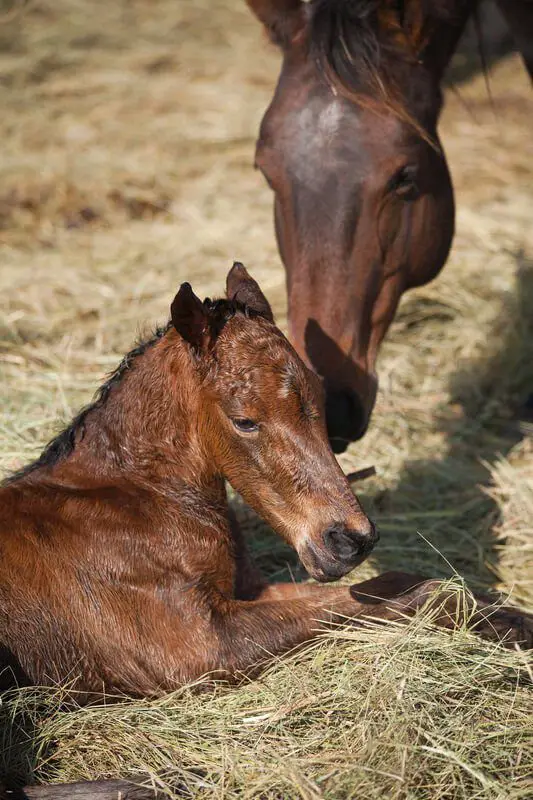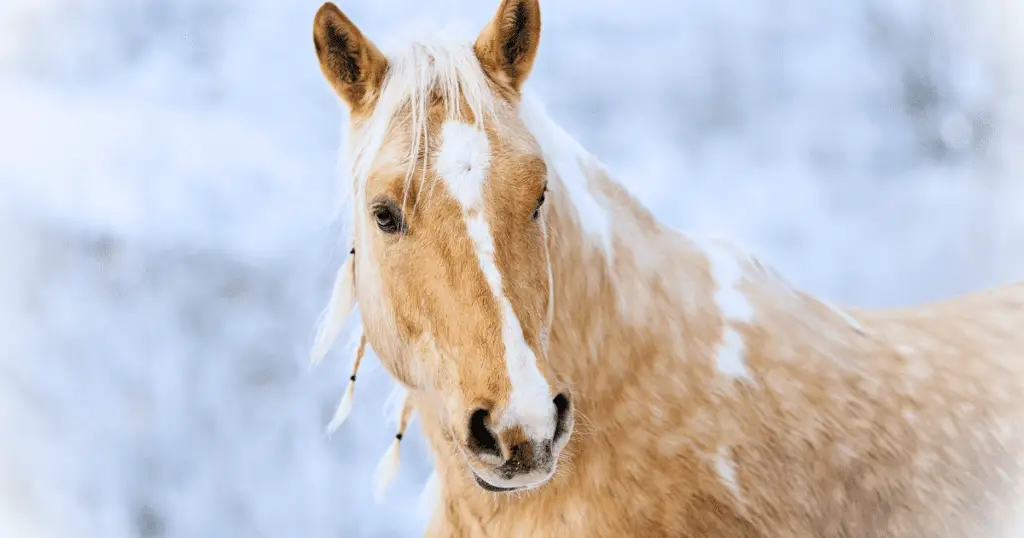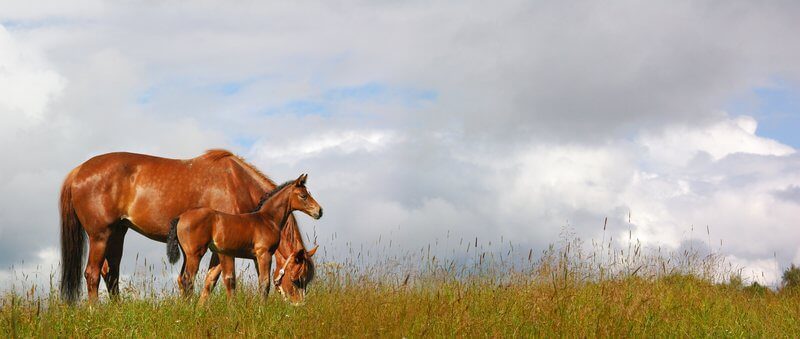
Your new bundle of joy has arrived and the most stressful part, the labour, is thankfully over. However, now, there are more things to worry about. Identifying problems early is critical. In this article, we discuss the first milestones, standing and nursing.
A Healthy Foal
When your new foal arrives, there are two important milestones which take place within the first two hours. Firstly, has your new foal been able to stand within an hour of birth? Secondly, has your new foal been able to nurse within two hours of birth?
Once these have taken place, you should expect the passing of the meconium (first manure), followed by urination. The meconium is usually firm, ranging from black to mustard in colour and can measure up to 50cm in length.
Standing
Your new foal should be standing within two hours of birth. However, this may be inhibited if your foal has contracted tendons, which prevent their legs from fully extending. This condition can range from mild to severe where the foal can’t extend their legs at all.
Other problems that prevent your foal from standing can be prematurity of the foal where the joints haven’t properly formed, or a stressful labour with the foal being exhausted or starved of oxygen during birth.
The First Meal
When your foal first nurses, they receive colostrum (a sticky creamy, yellow or white milk) from the mare, which gives them immunity until their own immune system starts to function at around three months of age. The foal may not be able to receive colostrum if they have a cleft palate, making it difficult to nurse, or if the mare doesn’t allow the foal to nurse at all.
If your foal doesn’t receive an adequate amount or quality of colostrum, they are considered to have a naive immune system and this condition is called Failure of Passive Transfer, or FPT. A serious and potentially deadly condition, your foal requires immediate administration of plasma, possibly with oxygen and antibiotic therapy.



